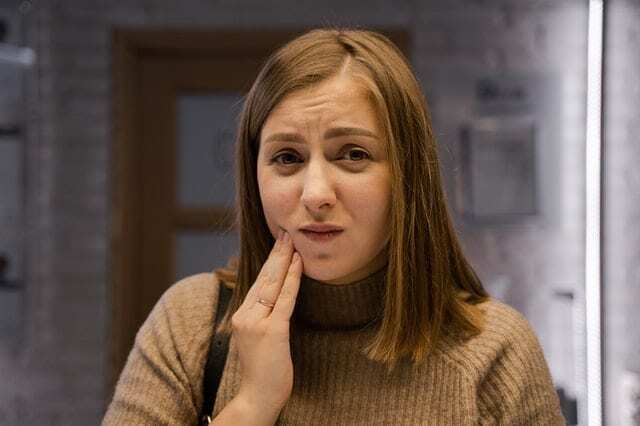What to Do in a Dental Emergency? – Our Guide
A dental emergency is nothing that anyone can ever properly prepare for, nor can it be something that you can ignore. Whether it’s a loose or knocked out tooth, nonstop bleeding of gums, or excruciatingly painful toothache, a dental emergency can negatively impact your routine and throw you off from accomplishing your daily obligations.
Even if you practice excellent dental care, there’s no way to ensure that you’re immune to experiencing dental emergencies. The least you can do is orient yourself on what to do in case of one.
With dental emergencies, you are limited to two options: contact and go to a dentist right away or take care of the problem yourself while you wait to receive treatment. To help you decide how to handle the situation, here’s a handy guide:
Determine if your dental problem is urgent
Not all dental problems are considered urgent cases. Some can afford to be attended to later on, while some cannot. For your reference, here are some examples of urgent dental cases:
- Painful swelling
- Injured jaw
- Loose or knocked out tooth
- Nonstop bleeding of gums
- Persistent, severe toothache
- Extreme tooth sensitivity
Non-urgent dental issues:
- Lost filling, crown, or bridge
- Mild tooth sensitivity
- Food stuck between teeth
- Broken retainer or mouthguard
- Cracked or chipped tooth
It goes without saying that urgent dental emergencies need treatment as soon as possible and warrant a trip to the emergency room, while the non-urgent ones can wait a few days before treatment. Of course, it’s always best to contact your dentist for the best course of action.
What to do while waiting for professional treatment?
If you experience a dental emergency at night, during a vacation, or a time where clinics are closed, you have to take measures to ensure that the problem won’t worsen. Here are some quick fixes you can do depending on the issue:
Mouth injuries: for problems like knocked-off teeth and bleeding gums or lips, the best thing you can do is to stop the gushing of blood, stat. The trick is to stuff cotton in the affected area to stop the bleeding and then proceed to clean the surrounding area. A cold compress can also work in controlling the bleeding.
Displaced tooth: When you have a displaced tooth, minimizing movement is vital. Try holding it in place as you apply a cold compress. If you can, hold the position until a dentist takes over.
Broken or dislocated jaw: This is one of the most severe dental emergencies that need immediate treatment. While you wait, tie a bandage or bandana to help immobilize the jaw and find a comfortable position that lessens your movement.
Extreme toothache: A toothache can be considered a dental emergency if the pain is too much to bear. To help alleviate it, you must keep oral bacteria at bay by rinsing the mouth with warm water and salt. If at all possible, you should also brush prior to going to the dentist.
Dental emergencies are always unwelcome, but it will do you best if you know what to do in case you experience one.
If you’re looking for an emergency dentist in Edmonton, get in touch with Edmonton Smiles to see how we can help.

